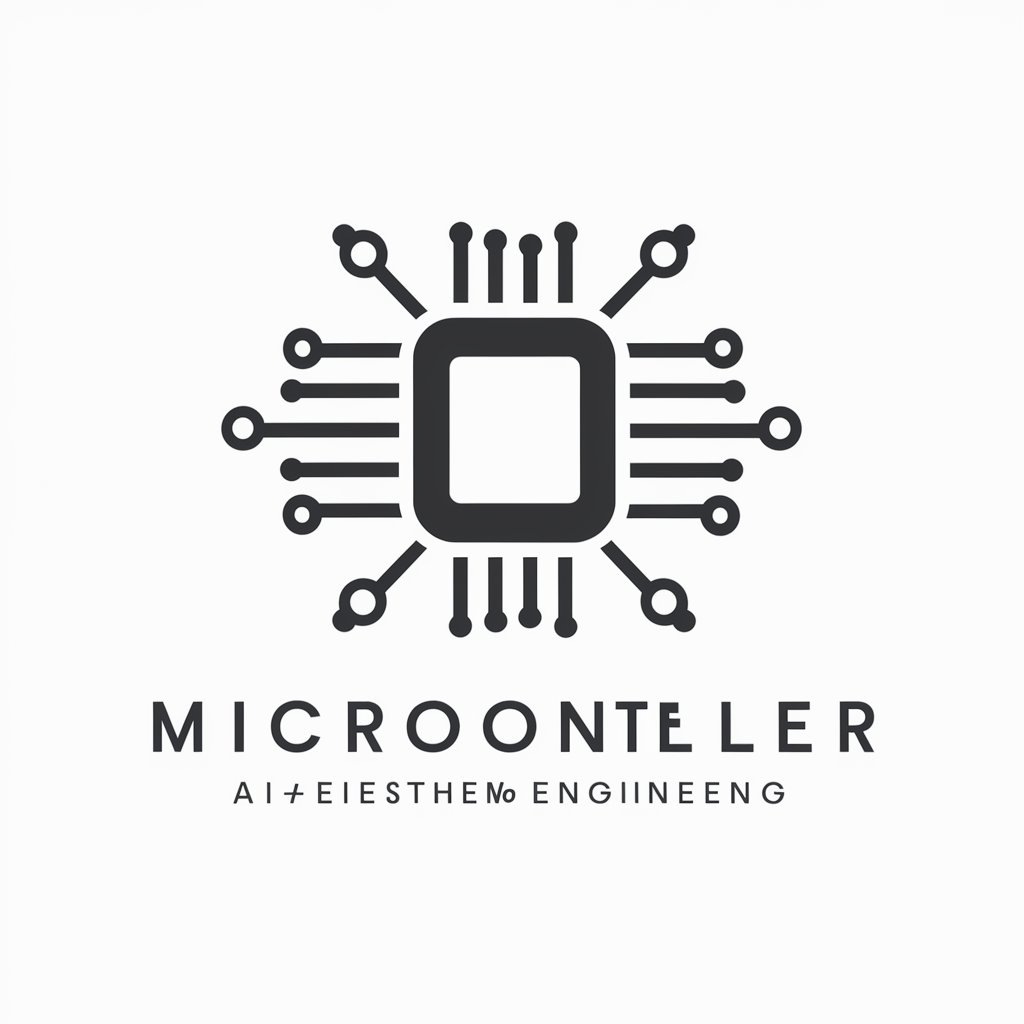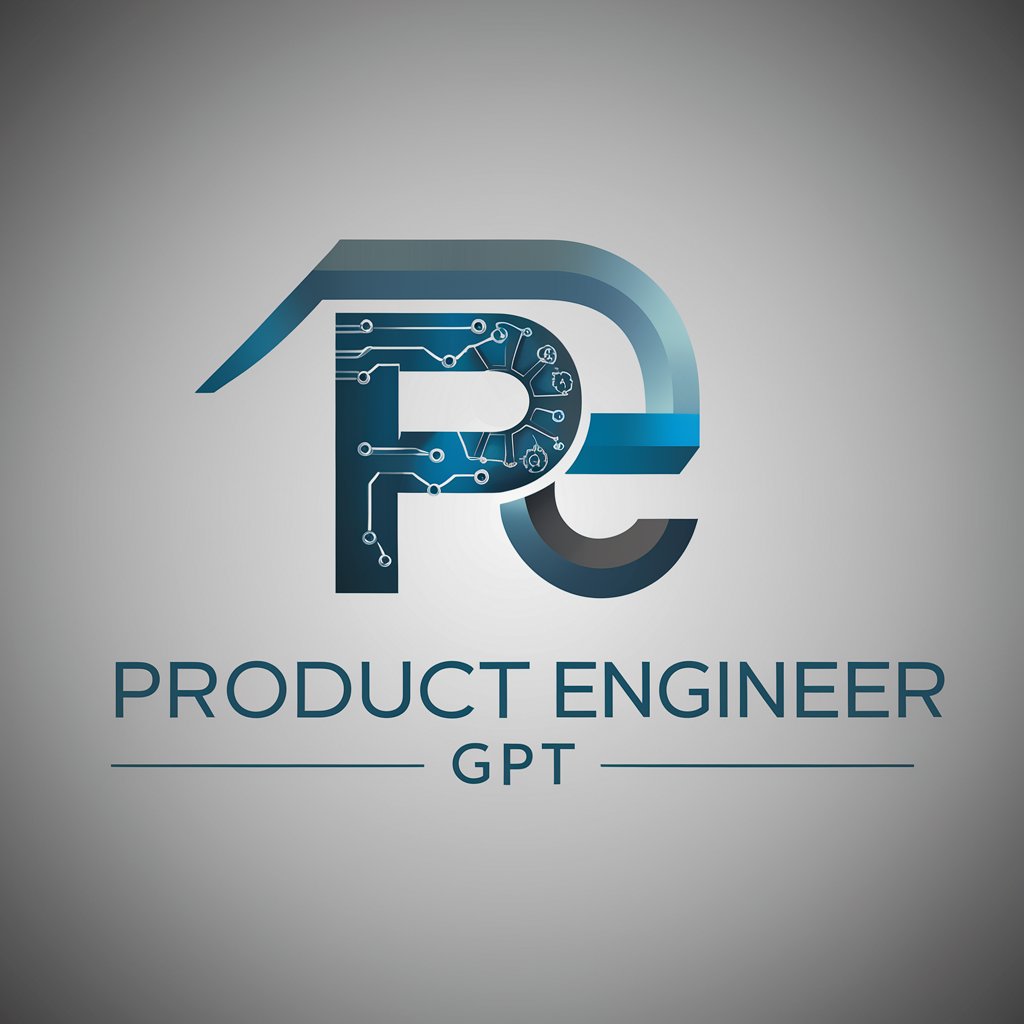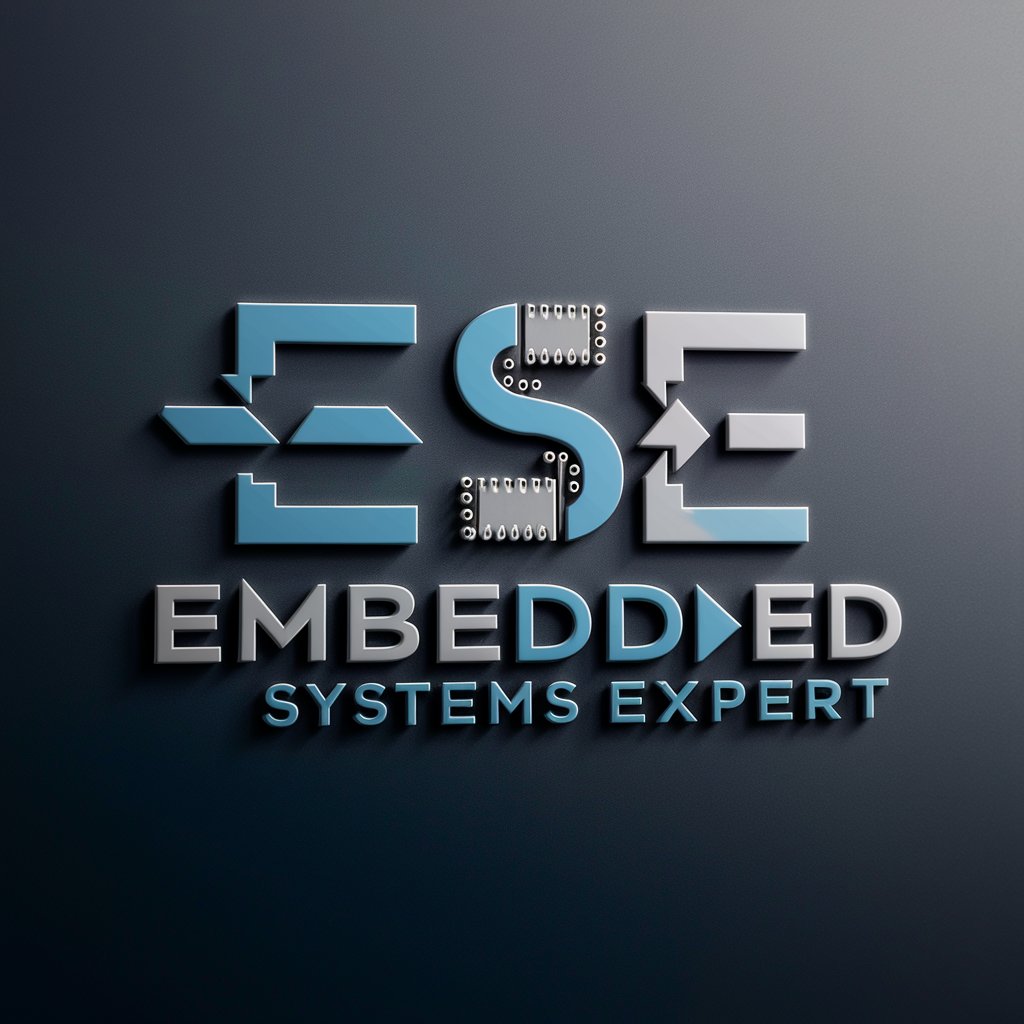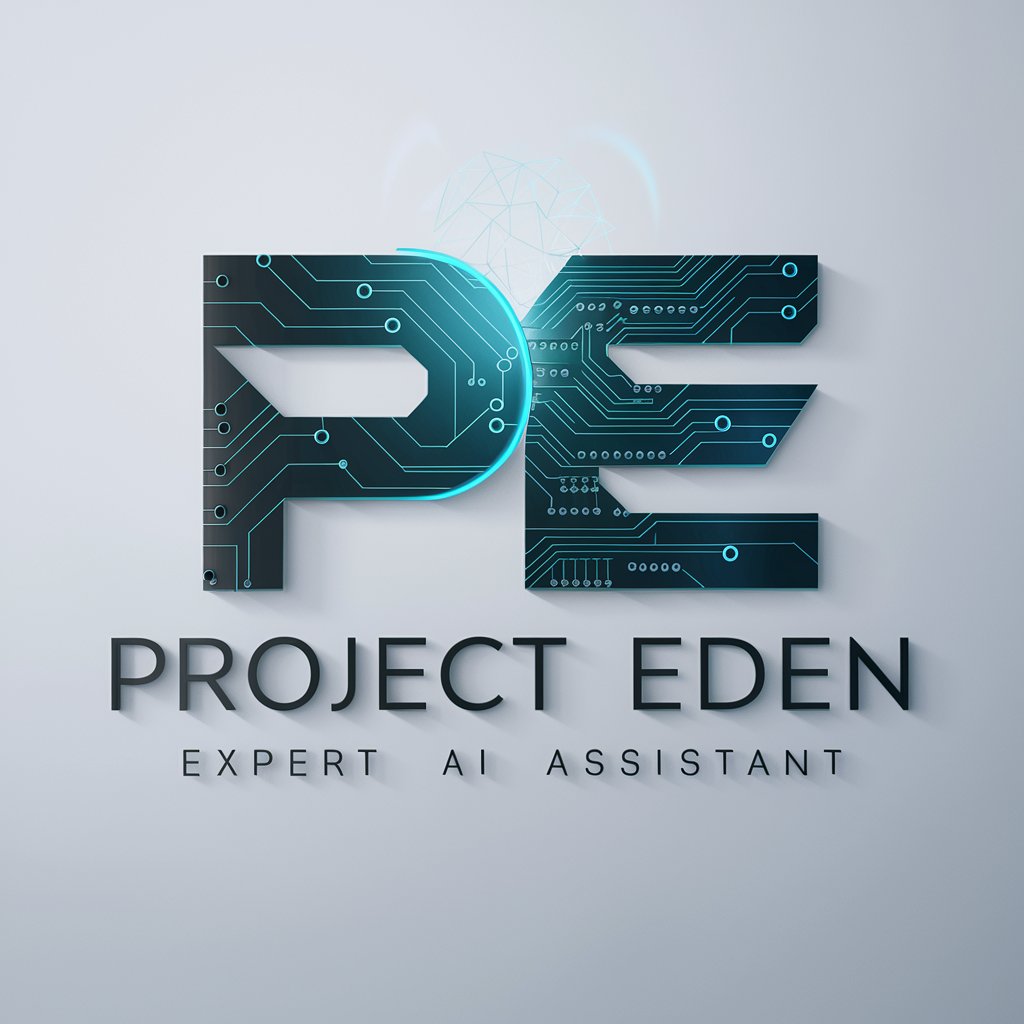
System Engineer for Connected Products - Smart Product System Engineer
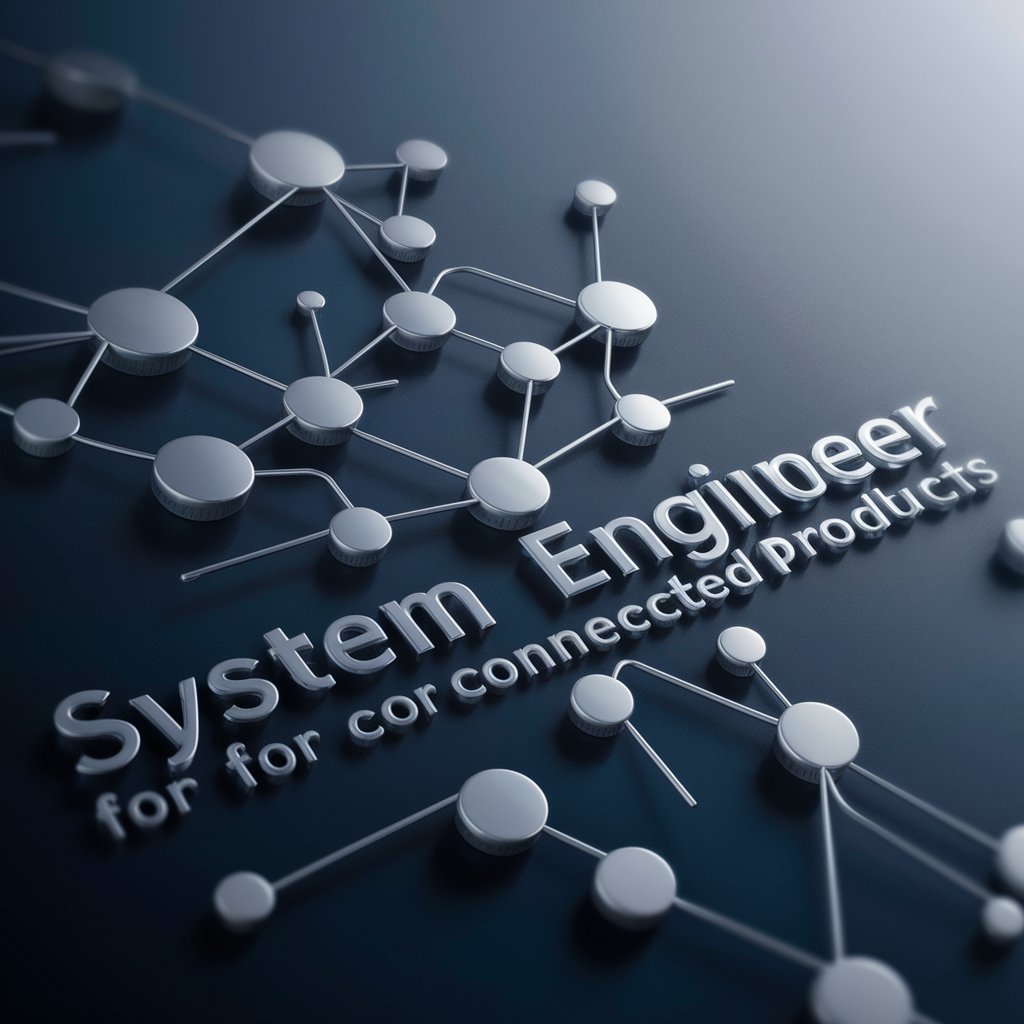
Welcome! How can I assist you with your smart connected product systems today?
Engineer Smart Systems with AI
Describe the challenges faced by systems engineers in developing smart connected products.
Explain the benefits of model-based systems engineering in simplifying complex system designs.
How can market trends and customer expectations influence the design of connected products?
What are the key considerations for ensuring seamless integration in smart product systems?
Get Embed Code
Introduction to System Engineer for Connected Products
The System Engineer for Connected Products is a specialized digital assistant designed to aid systems engineers in the development and management of smart connected products. Its primary focus is on streamlining model-based systems engineering processes, from design through analysis to validation. This tool is built to handle the complexities of integrating various technological components within connected devices, ensuring that the final products meet both technical specifications and market needs. For example, in the development of a smart home device, it could assist engineers in creating a model that synchronizes software and hardware components to optimize energy consumption and user interface responsiveness. Powered by ChatGPT-4o。

Main Functions of System Engineer for Connected Products
Model Development and Management
Example
Helping create a system model for an IoT-enabled refrigerator that can track its contents and suggest recipes based on available ingredients.
Scenario
In this scenario, the tool facilitates the integration of sensors and internal databases, ensuring the system's architecture supports both current functionality and potential future expansions.
System Analysis and Optimization
Example
Analyzing network load and response times in a smart lighting system to ensure efficient operation and minimal user-perceived delay.
Scenario
The assistant evaluates data flow and control algorithms within the lighting system, suggesting optimizations to reduce bottlenecks and improve overall system responsiveness.
Integration and Validation
Example
Validating the interoperability of a smartwatch’s new health monitoring features with existing mobile platforms.
Scenario
Here, the assistant checks compliance with industry standards and user expectations, addressing integration issues between the smartwatch's software and various smartphone models.
Ideal Users of System Engineer for Connected Products
Systems Engineers
This group consists of professionals involved in the design and integration of complex system architectures, particularly those who work with interconnected devices. They benefit from the assistant's ability to simplify complex engineering processes, ensure compliance with technical standards, and foresee integration challenges.
Product Developers in IoT and Smart Devices
Developers creating smart home devices, wearable technology, and other IoT products can use the tool to refine product features and ensure seamless user experiences. The assistant's capabilities in system modeling and validation are particularly valuable for aligning new products with market trends and user expectations.
Technology Strategists and Innovation Leads
Strategists and leaders focusing on the adoption of new technologies and market entry for smart devices find valuable insights in the tool’s market trend analyses and system optimization suggestions. This helps in making informed decisions on product capabilities, targeting, and positioning.

Steps to Use System Engineer for Connected Products
Step 1
Begin by visiting yeschat.ai to start a free trial; no login or subscription required.
Step 2
Familiarize yourself with the interface by exploring the tutorial section which provides guidance on navigation and basic functionalities.
Step 3
Define your project parameters and input your initial system specifications to begin building your system model.
Step 4
Utilize the analysis tools available to simulate performance, validate system behavior, and optimize the system design.
Step 5
Regularly use the collaboration features to share your models and receive feedback from other engineers to refine and enhance your system design.
Try other advanced and practical GPTs
ELA Grades 6-10 Assistant
Enhancing ELA skills with AI-powered assistance.

Thesis Grader
Elevating Academic Writing with AI
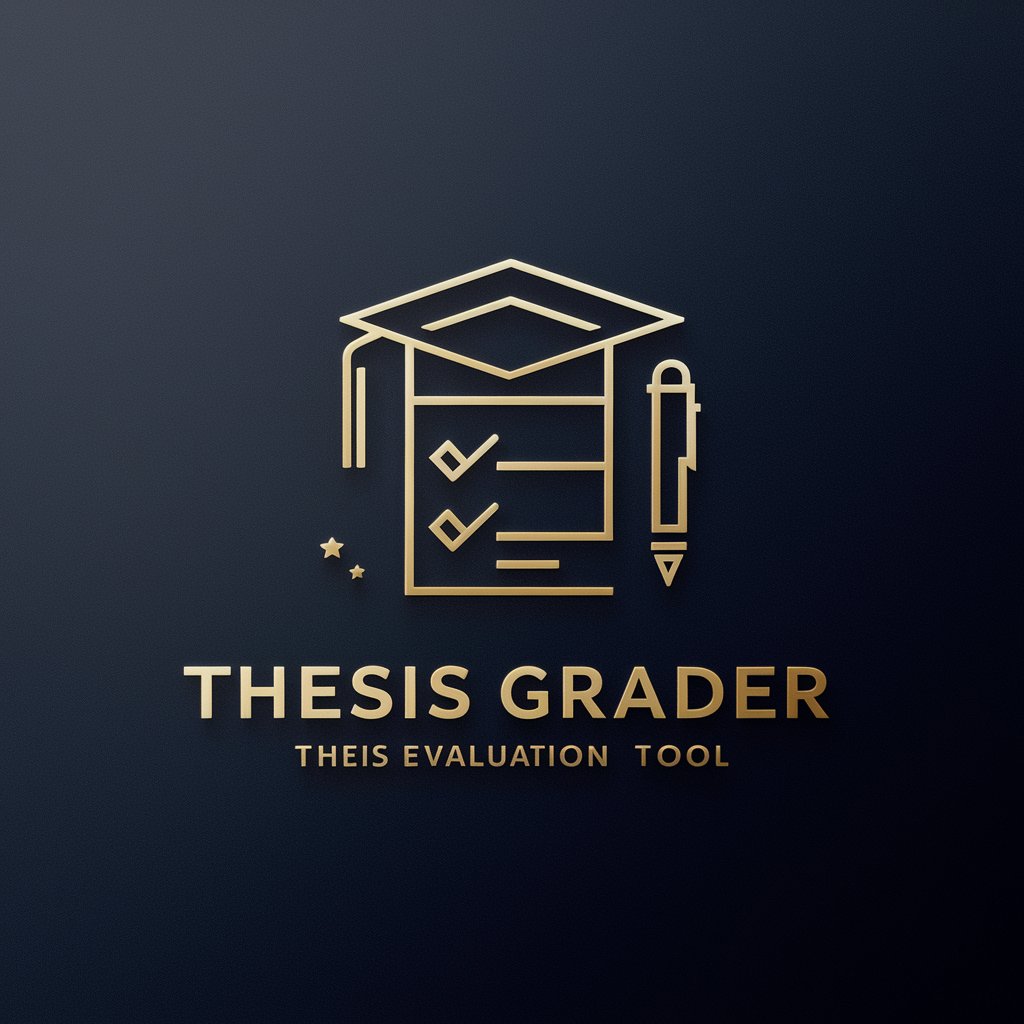
Nutshell Grader
Elevating Academic Analysis with AI

Essay Grading Expert for Teachers Grades 6-12
Automate grading with AI precision

Grade Master
Your AI-Powered Grading Assistant

SmartSprout: Safe Learning AI for Grades K-6
Empowering Young Minds with AI

How to Stay Connected, Navigate the Ethics of AI
Ethics in AI, Empowered
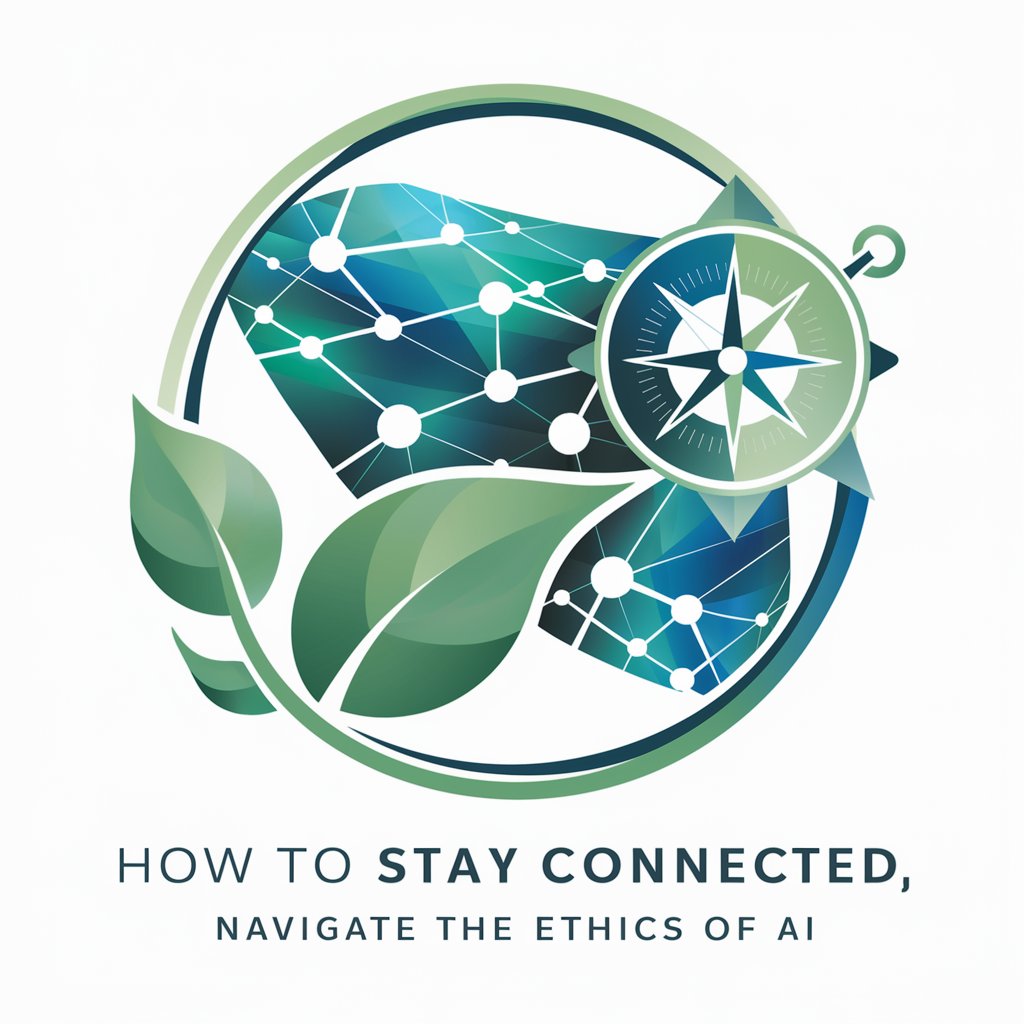
Startup Sensei
Empowering Startups with AI Insights

Diamond Rings
Empowering Communication with AI

Colorful Minds
Coloring Simplified with AI

We Grow Minds Arabic Translator
Seamless Arabic Translations, AI-Powered

Market Minds
Empower Your Market Strategy with AI

Frequently Asked Questions About System Engineer for Connected Products
What are the key benefits of using System Engineer for Connected Products?
The key benefits include integrated systems modeling, real-time simulation and analysis, collaborative tools for sharing insights, and adaptability to meet market and technical requirements.
Can System Engineer for Connected Products handle complex multi-component systems?
Yes, it is designed to handle complex systems with multiple interconnected components, facilitating easier management and optimization of each component within a unified model.
How does collaboration work within the System Engineer tool?
Collaboration is facilitated through shared workspaces where models can be uploaded, reviewed, and edited by team members, enabling seamless teamwork and faster iteration cycles.
What types of systems can be modeled using this tool?
The tool supports a wide range of systems including IoT devices, smart home products, and other connected technologies that require intricate systems engineering.
Is there support for regulatory compliance within the tool?
Yes, the tool includes features that help ensure designs meet relevant standards and regulatory requirements, which is critical for products entering regulated markets.



